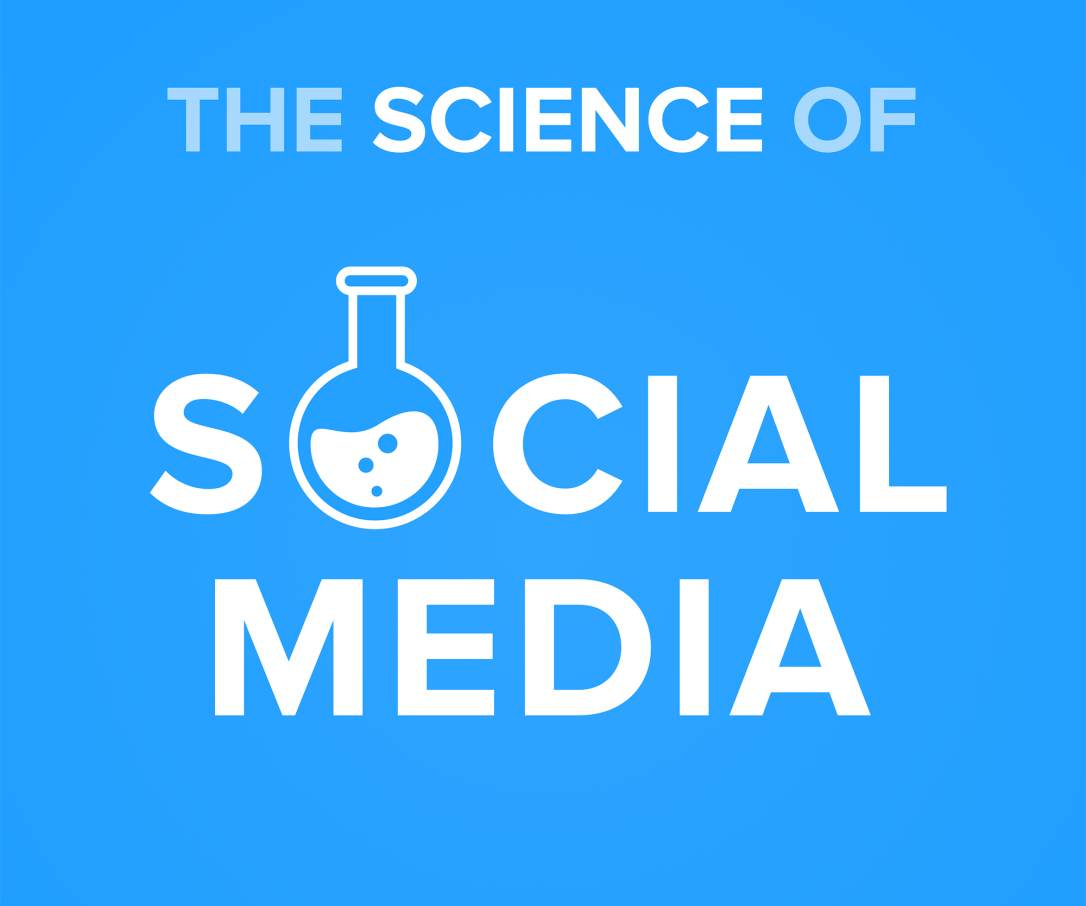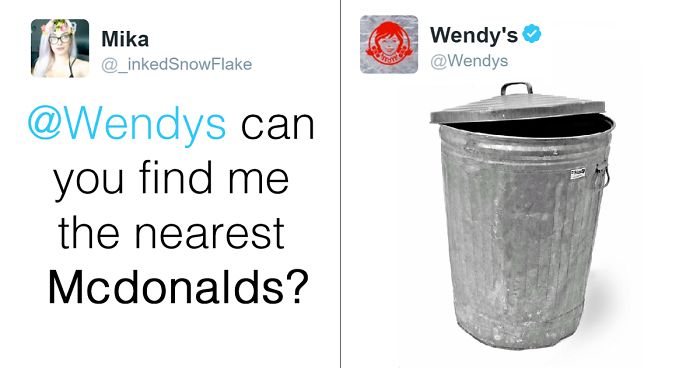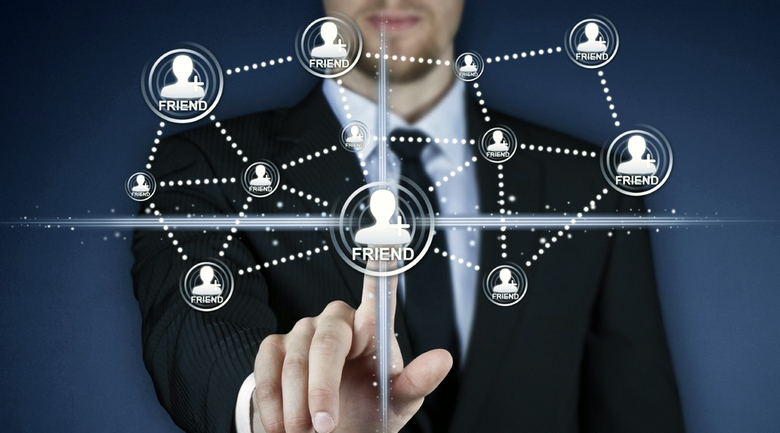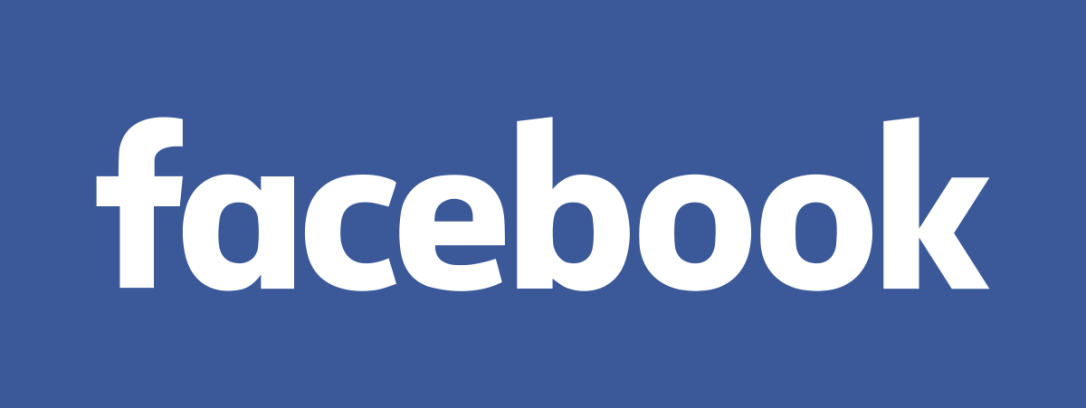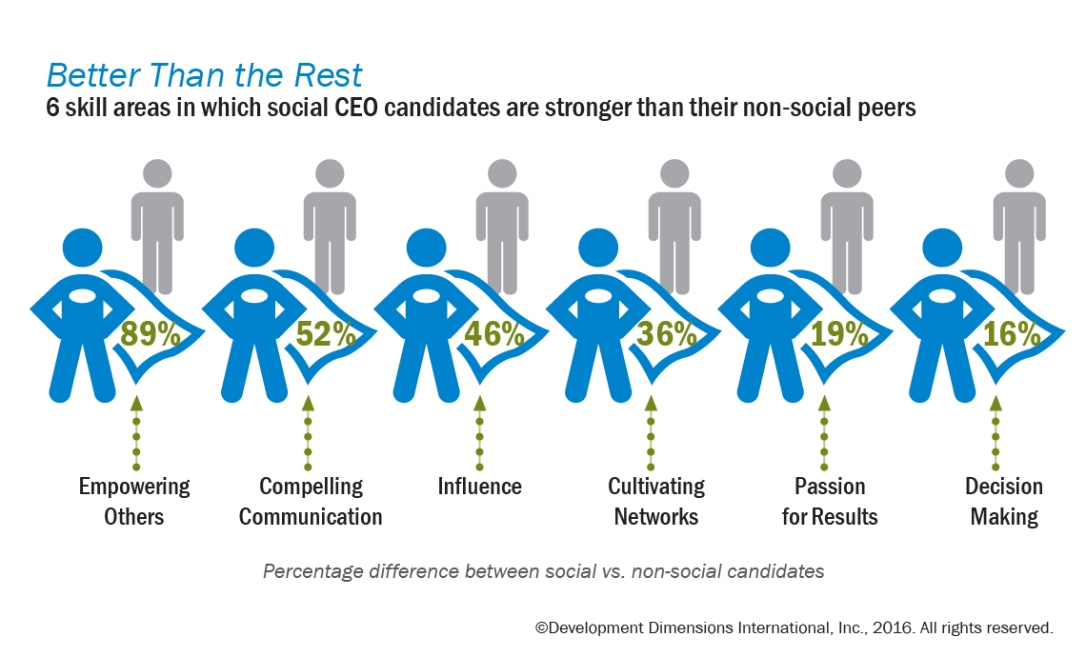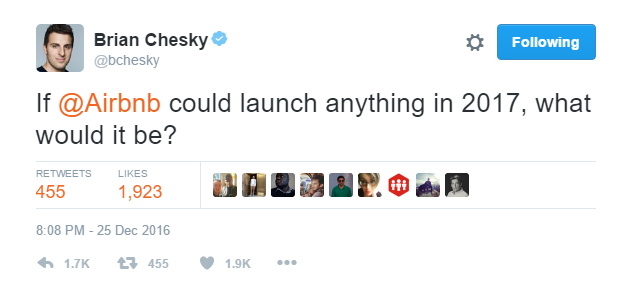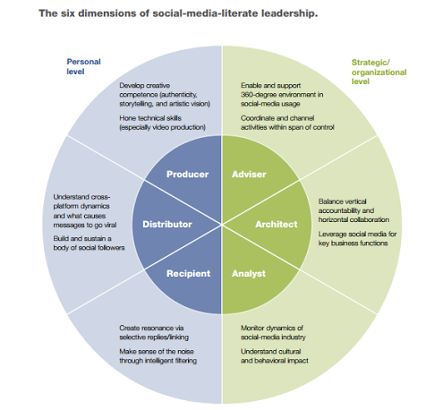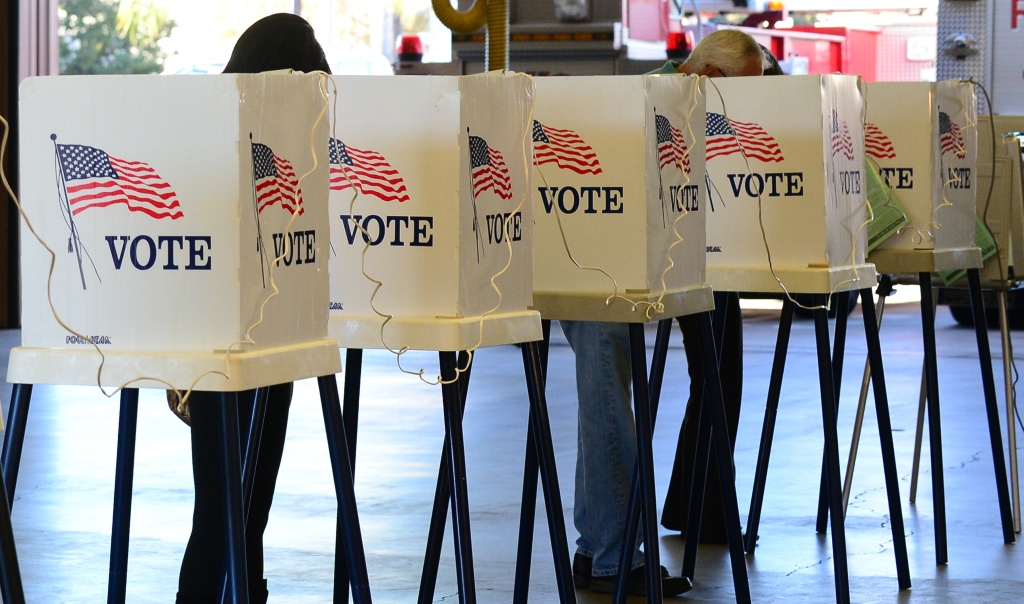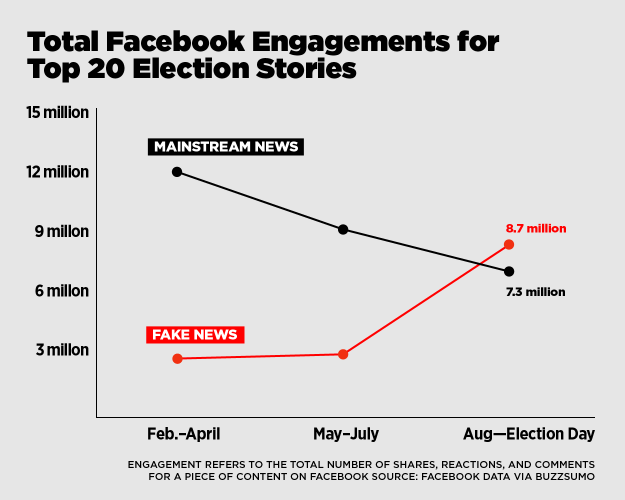By: Morgan Bade
When the internet was created, it was sought to be a place for freedom and and globalization, but in 2017 we are starting to see the opposite effects. Technology was thought to be a huge help for people’s lives, but now it has become enmeshed with their real life. Screens are no longer just screens. Not only has it taken a hit on the political climate, and almost swung the election in Trump’s favor due to the huge surge in fake news and false tweets, it has taken effect on every user on the site. Digital Leadership goes hand and hand with the complexity of what social media is doing to the business world. Every worker has been stalked before they even had their interview, which puts into question the role of social media and digitality in these contexts. When leaders are too overly involved with their employees lives the communication climate can break a company. Since we are also becoming one with our profiles, we might feel like we are losing some social skills in the workplace, which is creating more difficulties. When a company or brand starts to bring digitally into their office, it must be taken very seriously. These leaders must be educated about the positives and the negatives before they can begin to think about the advantages.
The Challenges of Digital Leadership
The main challenges within digital leadership are that it is so new. It is important to realize that there are administrators all over the world on digital leadership issues. This is “because digital devices and online environments can simultaneously be transformatively empowering and maddeningly disruptive, the work of integrating digital learning tools into schools is usually difficult and complex” (McLeod, 2015). One of the biggest issues are schools struggling with their technology integration and implementation is the lack of a collective vision for how digital learning tools will be used to enhance learning (McLeod, 2015). If educators are not teaching their students about the benefits, they will not see it as a positive. There is also a lot of fear that plays into the digital landscape. The fears about digital learning tools are especially tricky because they’re primarily emotional, not logical, which are fed by our own uncertainties (McLeod, 2015). So many leaders are not even thinking that leadership could very well when a new technology is added, which is why they misuse it. Also they don’t want to have a lack of control. Heavily teacher-directed classrooms that they are leery about giving up control – and can’t see the value in doing so (McLeod, 2015). By having these fears and bringing them into the workplace only makes the communication climate worse. By understanding our limitations, we can also see the possibilities when we let go of those things because there have been a lot of negatives from poor uneducated leadership.

Leading Innovation
A huge factor of leading digitally is to create a positive change. Since the digital landscape is so large companies have to work much harder to create what sets them apart from one another. The MIT Technology Review has stated, “the convergence of technology trends like cloud computing, hyperconnectivity, Internet of Things, and access to unprecedented compute power are driving companies to integrate across disparate platforms; enhance connectivity and use real-time analytics to get closer to their customers and to grow the business” (MIT. 2017). These digital leaders are innovators able to truly transform their business, but they can’t just be subpar- they have to be on the top of their game. Being a digital leader is about being a people person, and being extremely kind- but knowing when to take a step down. One of the huge negatives of digital leadership is that these transformational leaders must make it their whole life to please everyone and transform their name. It might take a lot of emotional labor, but the person who is dedicated will succeed.
The Dark Side
There is always a dark side to everything that sounds too perfect to be true. Even though leading digitally could create even worse problems than imagined. We have to now replace a structure that was already set with a more complete picture as a result of “networking systems together, deploying sensors, connecting fleets with telematics, mobilizing workforces, collecting online data in real-time, employing omni-channel strategies, collaborating, analyzing and managing it all with an OILS (optimized information logistics systems) in real-time” (Benedict, 2016). Reducing the amount of conjecture is one of the top goals of digital transformation, but it also comes at a high price (Benedict, 2016). Now companies must budget very carefully because they have to spend so much on the technology. There have recently been studies done that The Center for the Future of Work have done that stated, “the survey we conducted of 2,000 executives across 18 countries, digital leaders reported cybersecurity was the digital technology having the biggest impact on their businesses today. Digital transformation initiatives are guaranteed to attract hackers and those with nefarious intentions” (Benedict, 2016). It is even stated that, “all digital transformation initiatives introduce new problems, software bugs, guaranteed network vulnerabilities, new competitors; new business challenges and new stresses’ (Benedict, 2016). The worst part is that the elimination of all negative consequences and vulnerabilities are impossible (Benedict, 2016).

Balance is Key
When one is working digitally they want to feel like they also have a home life, since their office is at home. There is great flexibility when it comes to scheduling and getting to receive bring-your-own-device (BYOD) programs, remote access capabilities and cloud computing is to enable employees to be productive from anywhere, at any time and on any device (Johnson, 2014). A recent Gallup study exploring the effects of mobile technology on politics, business and well-being in the U.S. found that “workers who email for work and who spend more hours working remotely outside of normal working hours are more likely to experience a substantial amount of stress on any given day than workers who do not exhibit these behaviors” (Johnson, 2014). Leaders could be giving their workers a lot of stress without even realizing it.
Learn From Amazon
Bringing the digital world into the workforce is usually very helpful to companies branch out and take advantage of the market online. Amazon does a great job of being a huge leader in the digital industry for products, but apparently they do not know how to handle their relations with the employees they have had. Business Insider states working for Amazon is a, “’bruising workplace’ where employees are asked to harshly critique their peers, and those suffering personal crises are often pushed out of their positions” (Stone & D’Onfro, 2015). Due to the high level of expectation that Amazon gives to their employees that work online, the employees feel like they cannot live their real life as well. When someone is working from home they are usually set with hours that they are on schedule for, which also means availability to answer emails. Amazon puts too much pressure on employees by not caring and calling them at all times of day, with no days off. When an employee state that they cannot be bothered at certain times, these requests are usually pushed away. Also they do not get paid bonuses for their hard work as told by Business Insider, “‘One aspect of Amazon culture that turns many people off is the constant emphasis on frugality,’ Eric Aderhold, a former software engineer, writes on Quora. ‘Amazon doesn’t tend to buy lunches for its employees, offer outstanding fully-paid health coverage, match charitable contributions, invest in top-of-the-line workstations for developers to use, or other expensive things that other top employers are known to do’” (Stone & D’Onfro, 2015). There have been reports that a lot of people work late into the night and on weekends and holidays, though of course this varies between departments (Stone & D’Onfro, 2015). By working their employees to the bone and not rewarding them, it sets an idea in their employee’s heads of the work that is expected of them. If they are not being treated like an actual employee just because they work at home, means they won’t take the work seriously. This is bad for the overall company and the brand of their image. We can all take Amazon as a huge example of what not to do in the digital landscape. Other businesses should take note so they do not fall into the same trap. Amazon seems to be getting bigger but that might be their downfall.

Emotional Intelligence is a Must
Now that the workplace has changed in many ways but one, it is important to realize that we also must change leadership as well. Traditional leadership has been outdated and it no longer works in many cases. Businesses who try to keep traditional leadership tactics usually fall in the cracks. This is why transformational leadership has been gaining popularity in the last few years. This also differs from transactional leadership, with was a contingent reward, management by exception and laissez faire management (Barling, Slater & Kelloway, 2000). This seems outdated now because it treats people like they are just workers and not actual people. Transformational leadership comprises of idealized influence, inspirational motivation, intellectual stimulation and individualized consideration (Barling, Slater & Kelloway, 2000). This focuses on learning how to deal with problems before they start. In the digital landscape it is very hard to tell when people is mad or upset with you because of the elimination of nonverbal ques. By increasing the communication one can have an environment that is stress free and great to work for (Barling, Slater & Kelloway, 2000). One doesn’t have to be a transformational leader, but it is essential to take these aspects into one’s leadership qualities in 2017.
References
Barling, J., Slater, F., & Kelloway, E. (2000). Transformational Leadership and Emotional
Intelligence: an Exploratory Study. Leadership & Organization Development Journal,
21(3), 157-161.
Benedict, K. (2016, August 2). Digital Transformation – The Dark Side. Retrieved from
http://www.futureofwork.com/article/details/digital-transformation-the-dark-side
Johnson, N. (2014, May 30). Work-Life Balance in the Digital Workplace. Retrieved from
https://statetechmagazine.com/article/2014/05/work-life-balance-digital-workplace
Madeline Stone and Jillian D’Onfro. (2015, August 21). Employees confess the worst parts about working for Amazon. Retrieved from http://www.businessinsider.com/the-worst-parts-about-working-at-amazon-according-to
Employees-2015-8
McLeod, S. (2015). The Challenges of Digital Leadership. The National Association of
Independent Schools. Retrieved from ISSN-0145-9635
MIT Technology Review. (2017). Leading Innovation: The Challenge of Leadership in Digital Transformation. Retrieved from
https://www.technologyreview.com/content/sap-partner-webcast-leading-innovation/#.Wf9ktVynEWo



